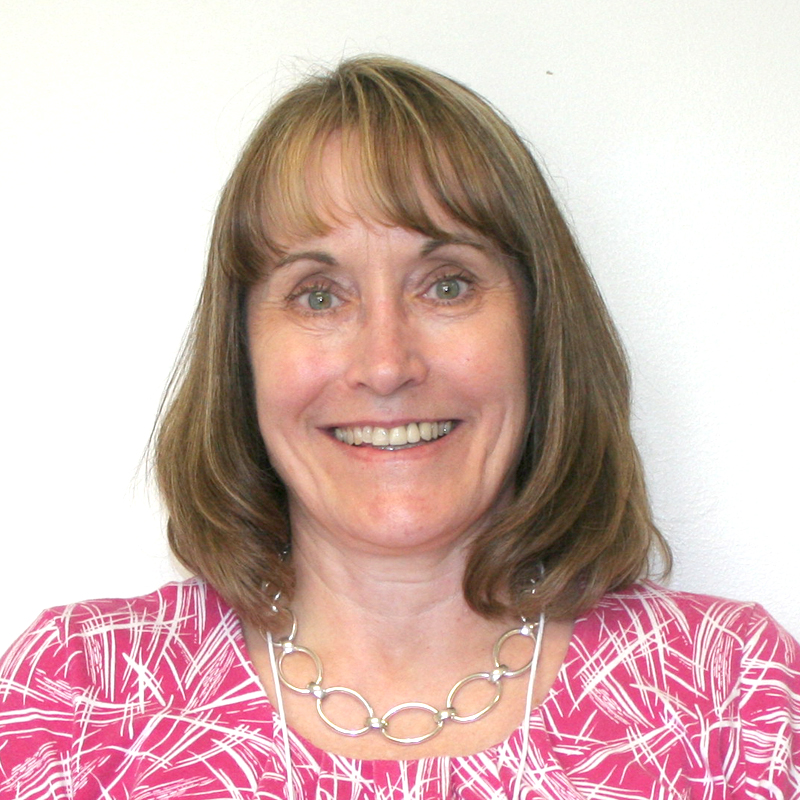
Kindergarten teacher Mary Carriker at Sandy Creek Elementary in South Central NE Unified System, is currently enrolled in TEAC 948: "Leadership and Mathematics Instruction". One of her course assignments was to write about a leadership experience.
Mary shares the following:
When I met with my principal and our CAI director in September, we decided that I would work with staff development by leading our Professional Learning Communities in a book study of Classroom Discussions Using Math Talk to Help students Learn by Chapin, O’Connor and Anderson. Our CAI director ordered multiple copies of this book, and allowed me the opportunity to introduce the book to our staff during a one-hour presentation on our October 8, 2012, Staff Development Day. My goal for this introductory session was to present the philosophy behind “Math Talk” and to help teachers see how these instructional strategies could be useful in their own professional repertoire.
Although the teachers were very positive about the “Math Talk” presentation, in my experience I have found that all too often material presented during staff development is filed away and forgotten by teachers. I’m hoping to hold our teachers accountable through our PLC’s. We will continue reading, discussing and implementing strategies from Chapin, O’Connor and Anderson’s book in the upcoming weeks.
Flexibility is an important characteristic of a math specialist! I carefully planned how I would structure my staff development presentation and had the room set up and supplied for twelve groups of four teachers. The room configuration would enable groups to utilize the “two stay, two stray” structure to share information from the assigned readings. Each group of four, made two posters for sharing, so that the “stayers” and “strayers” each had a visual.
As the day began, the room filled up according to my plan, leaving me to believe that everything was good! However, much to my surprise the para-professionals did not stay for the afternoon, so my perfect groups were no longer perfect! I decided to ask a few people to join other tables and left two tables empty. I had planned to jig-saw the reading into three sections and intended for three groups to rotate “strayers”, so that everyone heard about all three sections. Since I had one too many groups for my plan to work, I asked the extra group divide up and join other groups when the time came for sharing. It wasn’t ideal, but at least they had the opportunity to hear all the pieces we had jig-sawed.
After presenting the various “talk moves,” I felt that the teachers would benefit from seeing a demonstration of what a math talk lesson might look like. I repeated the Primarily Math activity in which groups brainstormed ways they use mathematics in everyday life, then sorted their ideas into those which they would solve using pencil and paper, those in which they would solve by using a calculator and those which they would solve by using mental math. The “mental math” category won by a landslide as I had hoped.
I then asked teachers to solve a subtraction problem using mental math, and then had them write down the steps they had used mentally. As I walked around I noticed that nearly everyone had written the traditional algorithm. Fortunately, one teacher used “friendlier numbers,” and one used expanded notation. I had these two demonstrate as well as one example of the standard algorithm. These teachers explained their strategies and I demonstrated the talk moves, “Say More,” “Revoicing,” “Press for Reasoning,” and “Can you repeat?” It was very exciting for me to see the “Aha!” expressions on teacher’s faces as they began to understand that the non-algorithmic strategies were efficient mental math strategies.
I closed by challenging everyone to try one talk move prior to our first book study PLC. I’m looking forward to hearing about their response to this challenge!
Resources
Chapin, S. H., O’Connor, C., & Anderson, N.C. (2009). Classroom discussions, using math talk to help students learn grades k-6. (2 ed.). Sausalito, CA: Math Solutions.